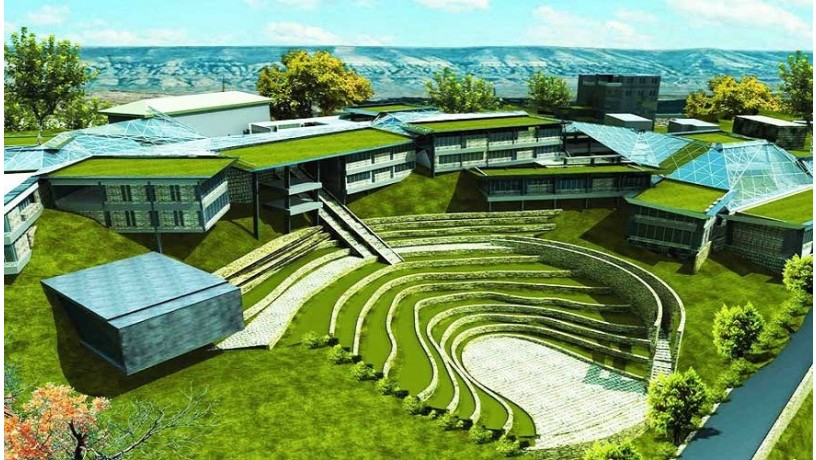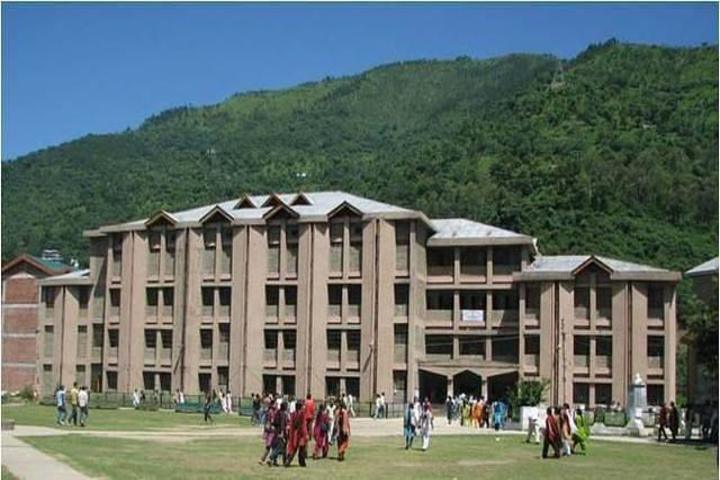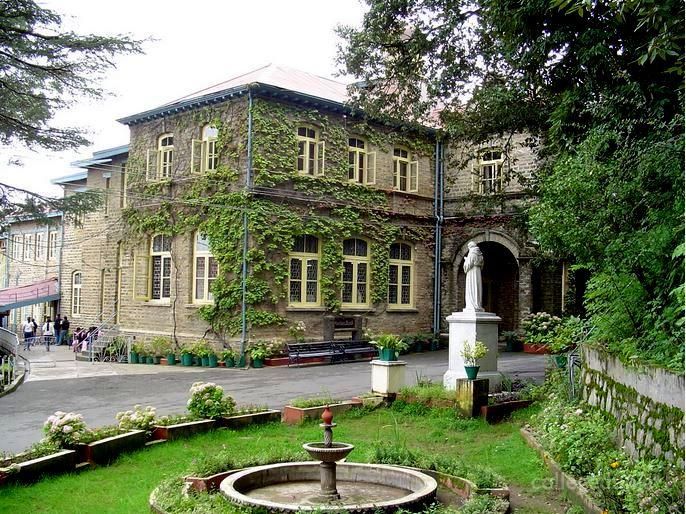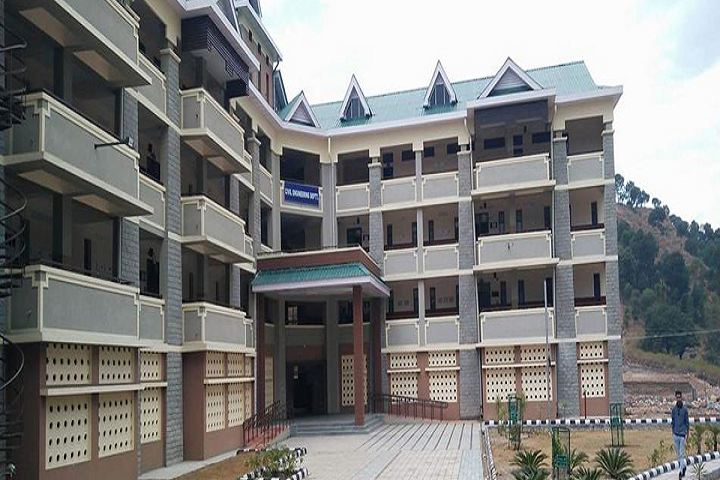The Institute of Hotel Management, Shimla, is situated amidst quiet, lush green surroundings with a picturesque view of the Himalayan Range. The old- world air of the times of the British Raj lends a quaint charm to the site. Located on the NH22, at Kufri, it is at just the right distance from the hustle and bustle of Shimla and is easily accessible by road. The tranquility of the location is ideal for providing an academic ambience for the serious learner.
The Institute is well equipped with the necessary infrastructure for imparting comprehensive training to the students. The faculty comprises of qualified and experienced staff from various prestigious catering institutes of the country – Mumbai, Delhi, etc., who are committed to enabling and motivating the students to mature into individuals with a sense of responsibility and pride in their chosen walk of life.
The Placement and Industrial Training Cell of the Institute assists the students in arranging for training and placement in leading hotels.
Campus interviews are held and the students are well placed in prestigious hotels like Taj, Oberoi, I.T.C. Hotels, Le- Meridien, Radisson Hotels, Hyatt, Imperial, etc., to name a few and in various international call centers – G.E., Daksh, etc. that are employing an appreciable number of our students today.
Some students have also obtained jobs in countries overseas like Ireland and New Zealand and in international cruise lines as well. The well-stocked Library caters to the thirst of knowledge of the students in the field of hospitality. In addition to the curriculum, the students gain experience during the session by organizing theme parties, outdoor catering and functions in local hotels during Christmas, World Tourism Day, New Year, Chef Competitions and other occasions.























